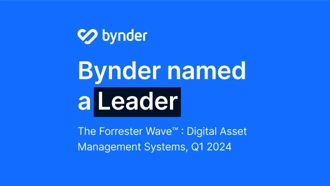What is agile?
The term is often linked to software development, but more generally, agile is a particular project management approach that involves dividing a product development project into different stages; all whilst maintaining a strong emphasis on improvement and collaboration. In fact, user stories are often used as part of the agile process.
The agile methodology follows a basic cycle of 'planning', 'execution', and 'evaluation', and, unlike other approaches such as 'waterfall', stages such as 'design' and 'testing' are treated as continuous processes.
By working incrementally through small, frequent 'releases', results can be delivered throughout a project, rather than just at the end of a project.
Where did agile come from?
The agile methodology for project management was collectively created in 2001 by 17 software development managers; triggered by the individuals experiencing challenges and bottlenecks with their own software development projects.
This group established the four values and 12 principles that still underpin agile to this day.
Agile values
- Individuals and interactions over processes and tools
- Working software over comprehensive documentation
- Customer collaboration over contract negotiation
- Responding to change over following a plan
The 12 principles of agile
- "Our highest priority is to satisfy the customer through early and continuous delivery of valuable software."
- "Welcome changing requirements, even late in development. Agile processes harness change for the customer's competitive advantage."
- "Deliver working software frequently, from a couple of weeks to a couple of months, with a preference to the shorter timescale."
- "Business people and developers must work together daily throughout the project."
- "Build projects around motivated individuals. Give them the environment and support they need, and trust them to get the job done."
- "The most efficient and effective method of conveying information to and within a development team is face-to-face conversation."
- "Working software is the primary measure of progress."
- "Agile processes promote sustainable development. The sponsors, developers, and users should be able to maintain a constant pace indefinitely."
- "Continuous attention to technical excellence and good design enhances agility."
- "Simplicity—the art of maximizing the amount of work not done—is essential."
- "The best architectures, requirements, and designs emerge from self-organizing teams."
- "At regular intervals, the team reflects on how to become more effective, then tunes and adjusts its behavior accordingly."






